Kingdom Fungi Class Agaricomycetes Family Tricholomataceae Scientific name Catathelasma imperiale | Division Basidiomycota Order Agaricales Genus Catathelasma Rank Species | |
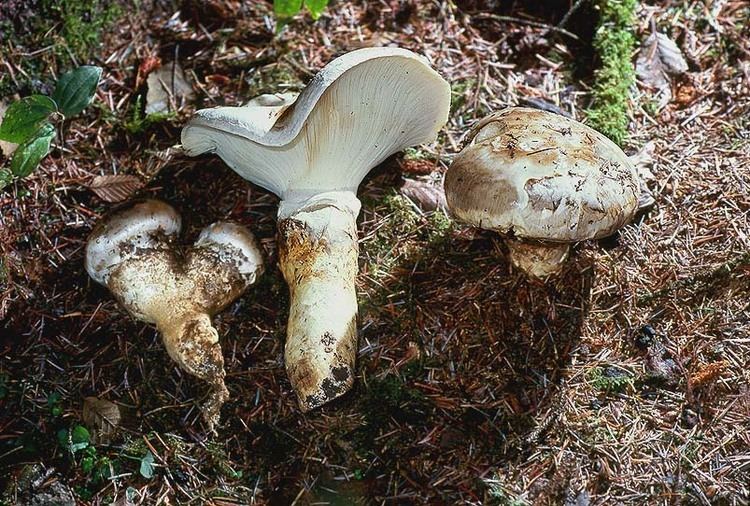 | ||
Similar Catathelasma, Albatrellus confluens, Phylloporus pelletieri, Bovista plumbea, Agaricus bresadolanus | ||
Catathelasma imperiale is a large species of mushroom in the Tricholomataceae family. It is found in North America and Europe.
Contents
- Toxic joint full split catathelasma imperiale
- Description
- Taxonomy and Related Species
- General
- References
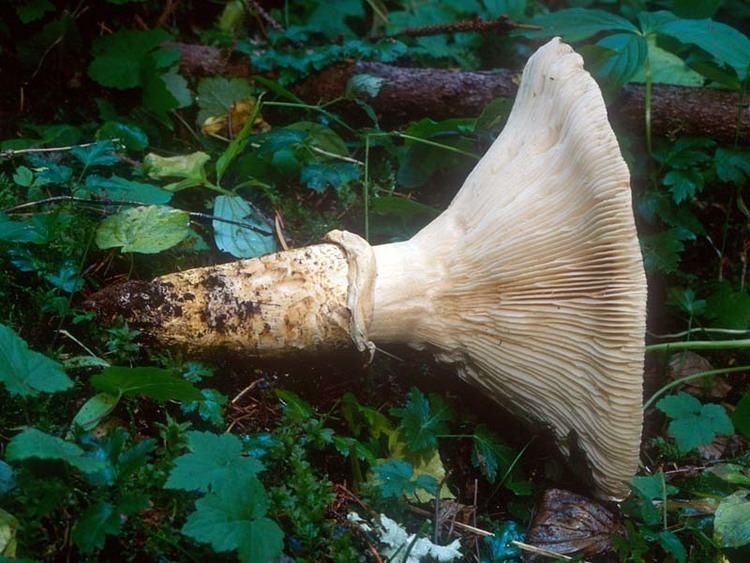
Toxic joint full split catathelasma imperiale
Description
The following description combines several references.
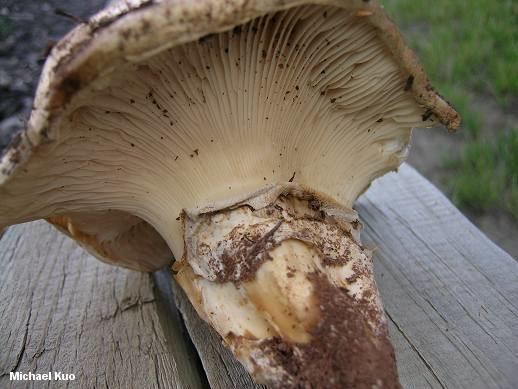
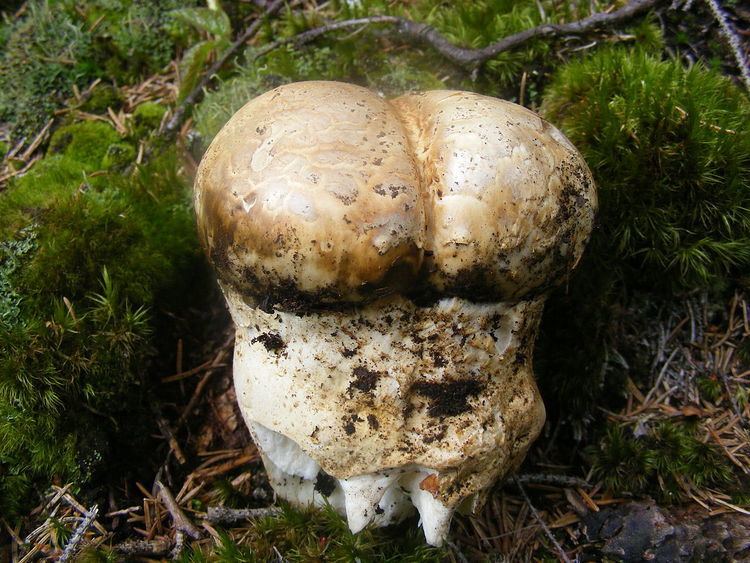
European sources give the cap size as up to about 20 cm, while North American ones indicate an enormous maximum size of 40 cm.

The upper ring is derived from the partial veil (which covered the lower surface of the cap before it opened), whereas the thinner lower ring originally formed part of the universal veil (which enveloped the whole mushroom).
Taxonomy and Related Species
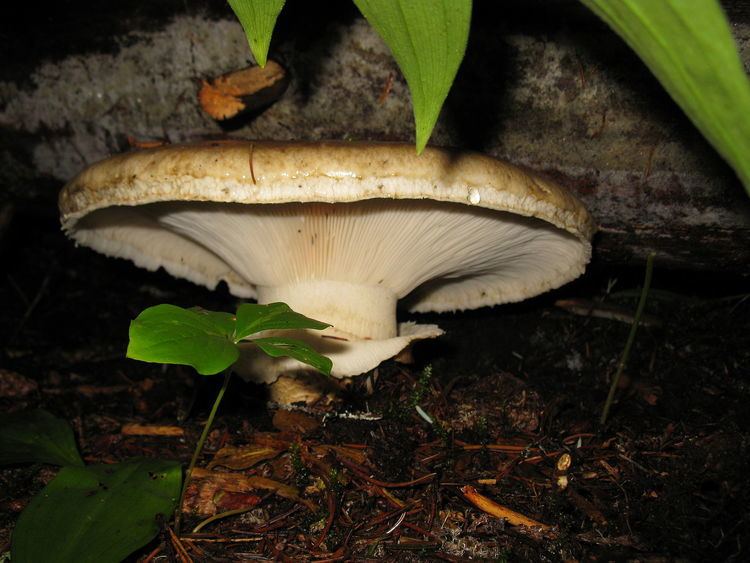
C. imperiale is the only species of Catathelasma known in Europe. It was first described in 1845 by Fries under the name Agaricus imperialis. In 1872 Quélet classified the species in Armillaria and in 1922 the Austrian botanist Günther Beck von Mannagetta und Lerchenau invented the separate genus Biannularia for this single species, making it Biannularia imperialis. The genus Catathelasma had been defined in 1910 by Ruth Ellen Harrison Lovejoy based on the American species C. evanescens and for a time the two genera were regarded as separate (though closely related), as for instance in a 1936 paper by Rolf Singer. A few years later in 1940, Singer united the genus using Lovejoy's name, which takes precedence.

The epithet "imperiale", meaning "imperial" refers to the (at times) large size of the mushroom. The species name must end in "-e", not "-is", as the genus is neuter.
General
In Europe this species has something of an iconic status amongst mycologists as an impressive and remarkable mushroom to find.
It occurs in western North America and in various European countries (mainly in central Europe) where its frequency varies from "fairly rare" to "rare".
C. imperiale is edible, but tough-fleshed. It is said to be good pickled.
